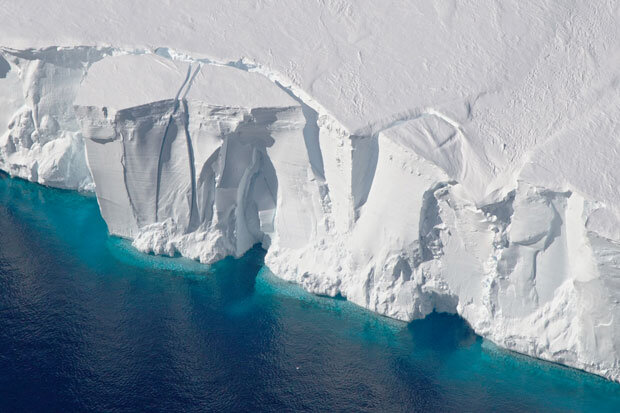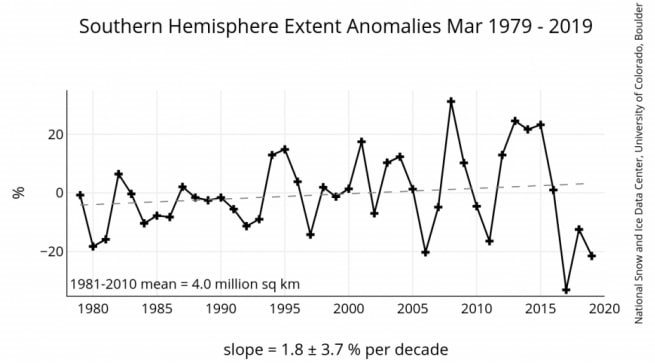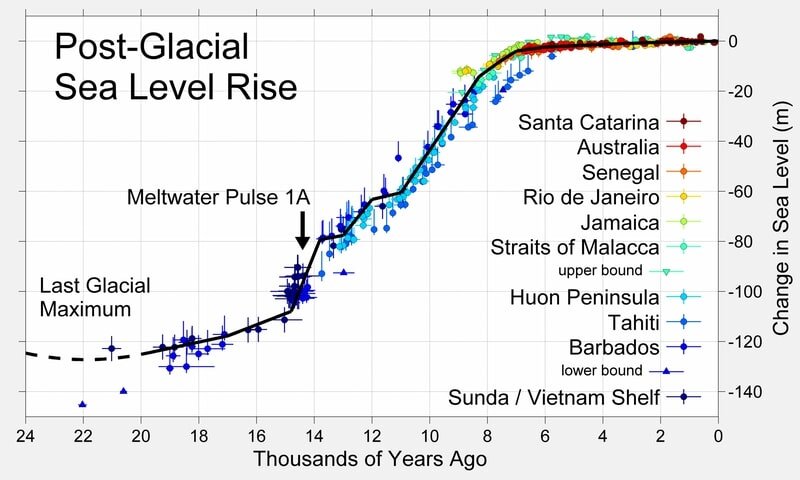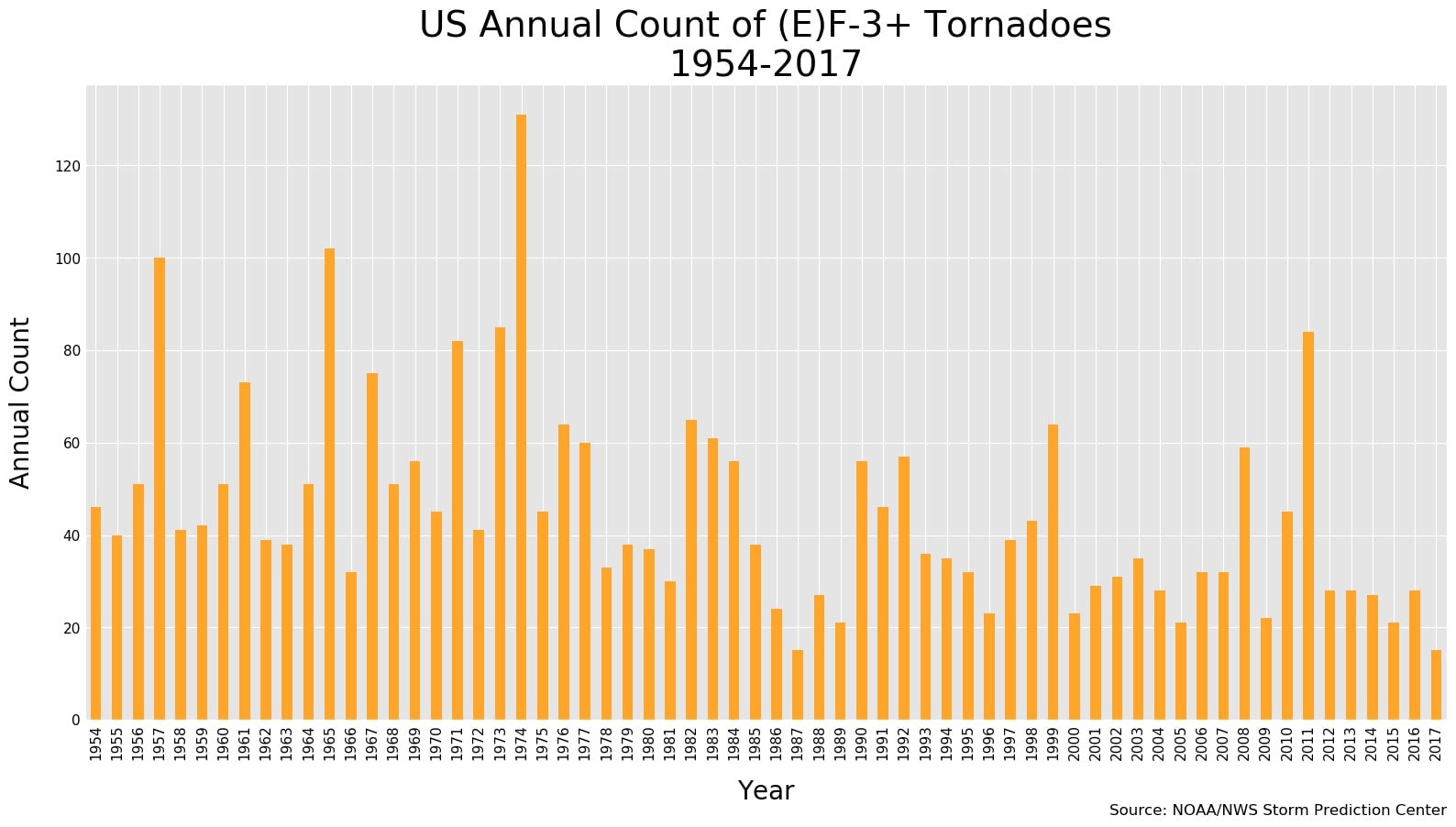The Futility of Action to Combat Climate Change: (1) Scientific and Engineering Reality
/Amidst the clamor for urgent action to supposedly combat climate change, the scientific and engineering realities of such action are usually overlooked. Let’s imagine for a moment that we humans are indeed to blame for global warming and that catastrophe is imminent without drastic measures to curb fossil fuel emissions – views not shared by climate skeptics like myself.
In this and the subsequent blog post, I’ll show how proposed mitigation measures are either impractical or futile. We’ll start with the 2015 Paris Agreement – the international agreement on cutting greenhouse gas emissions, which 195 nations, together with many of the world’s scientific societies and national academies, have signed on to.
The agreement endorses the assertion that global warming comes largely from our emissions of greenhouse gases, and commits its signatories to “holding the increase in the global average temperature to well below 2 degrees Celsius (3.6 degrees Fahrenheit) above pre-industrial levels,” preferably limiting the increase to only 1.5 degrees Celsius (2.7 degrees Fahrenheit). According to NASA, current warming is close to 1 degree Celsius (1.8 degrees Fahrenheit).
How realistic are these goals? To achieve them, the Paris Agreement requires nations to declare a voluntary “nationally determined contribution” toward emissions reduction. However, it has been estimated by researchers at MIT (Massachusetts Institute of Technology) that, even if all countries were to follow through with their voluntary contributions, the actual mitigation of global warming by 2100 would be at most only about 0.2 degrees Celsius (0.4 degrees Fahrenheit).
Higher estimates, ranging up to 0.6 degrees Celsius (1.1 degrees Fahrenheit), assume that countries boost their initial voluntary emissions targets in the future. The agreement actually stipulates that countries should submit increasingly ambitious targets every five years, to help attain its long-term temperature goals. But the targets are still voluntary, with no enforcement mechanism.
Given that most countries are already falling behind their initial pledges, mitigation of more than 0.2 degrees Celsius (0.4 degrees Fahrenheit) by 2100 seems highly unlikely. Is it worth squandering the trillions of dollars necessary to achieve such a meager gain, even if the notion that we can control the earth’s thermostat is true?
Another reality check is the limitations of renewable energy sources, which will be essential to our future if the world is to wean itself off fossil fuels that today supply almost 80% of our energy needs. The primary renewable technologies are wind and solar photovoltaics. But despite all the hype, wind and solar are not yet cost competitive with cheaper coal, oil and gas in most countries, when subsidies are ignored. Higher energy costs can strangle a country’s economy.
Source: BP
And it will be many years before renewables are practical alternatives to fossil fuels. It’s generally unappreciated by renewable energy advocates that full implementation of a new technology can take many decades. That’s been demonstrated again and again over the past century in areas as diverse as electronics and steelmaking.
The claim is often made, especially by proponents of the so-called Green New Deal, that scale-up of wind and solar power could be accomplished quickly by mounting an effort comparable to the U.S. moon landing program in the 1960s. But the claim ignores the already mature state of several technologies crucial to that program at the outset. Rocket technology, for example, had been developed by the Germans and used to terrify Londoners in the UK during World War II. The vacuum technology needed for the Apollo crew modules and spacesuits dates from the beginning of the 20th century.
Such advantages don’t apply to renewable energy. The main engineering requirements for widespread utilization of wind and solar power are battery storage capability, to store energy for those times when the wind stops blowing or the sun isn’t shining, and redesign of the electric grid.
But even in the technologically advanced U.S., battery storage is an order of magnitude too expensive today for renewable electricity to be cost competitive with electricity generated from fossil fuels. That puts battery technology where rocket technology was more than 25 years before Project Apollo was able to exploit its use in space. Likewise, conversion of the U.S. power grid to renewable energy would cost trillions of dollars – and, while thought to be attainable, is currently seen as merely “aspirational.”
The bottom line for those who believe we must act urgently on the climate “emergency”: it’s going to take a lot of time and money to do anything at all, and whatever we do may make little difference to the global climate anyway.
Next: The Futility of Action to Combat Climate Change: (2) Political Reality



























































